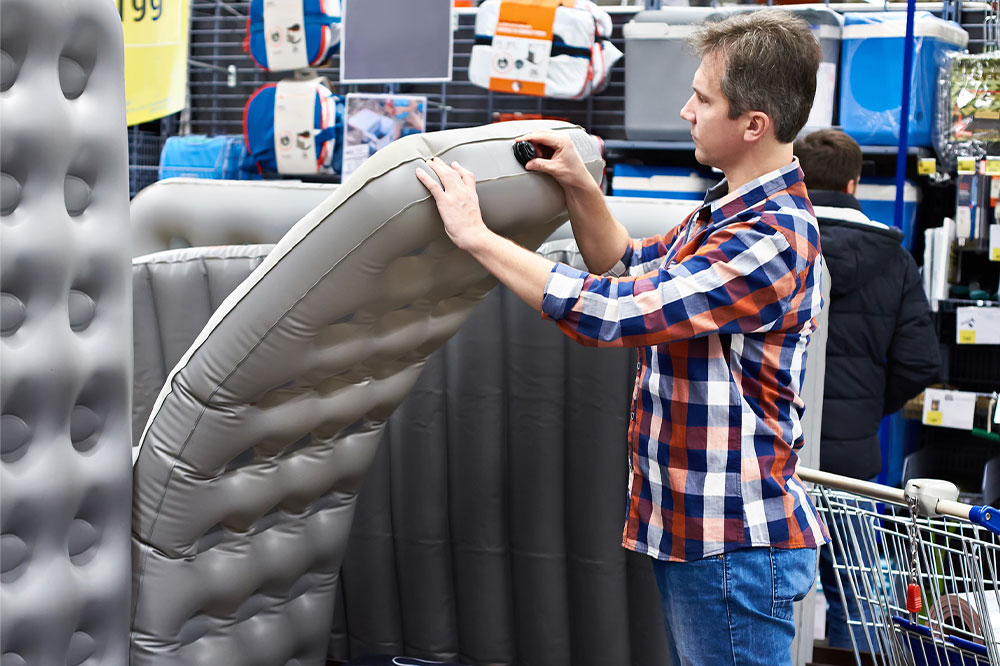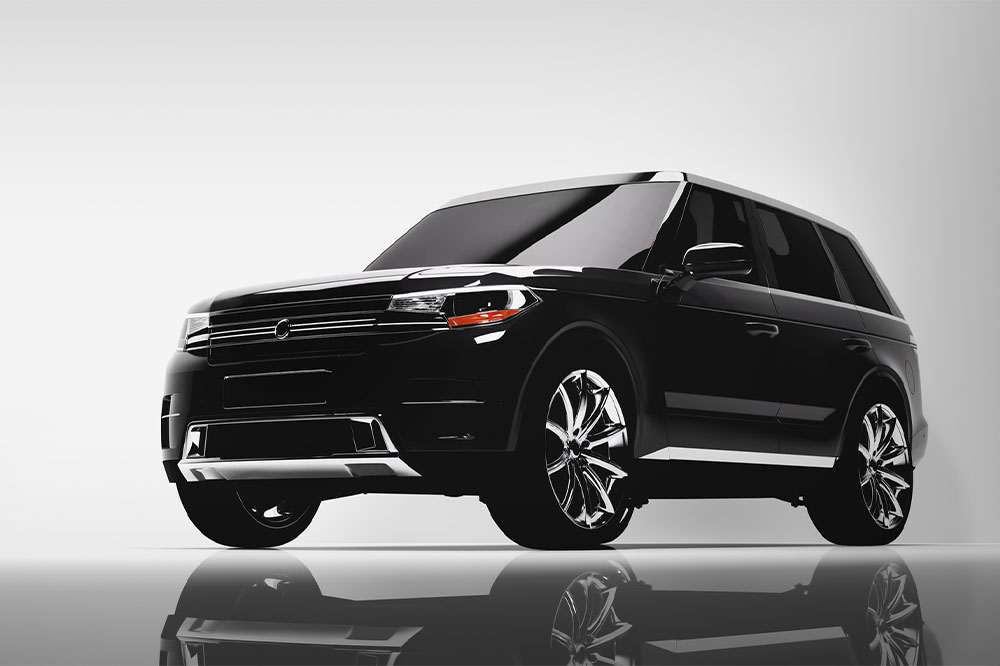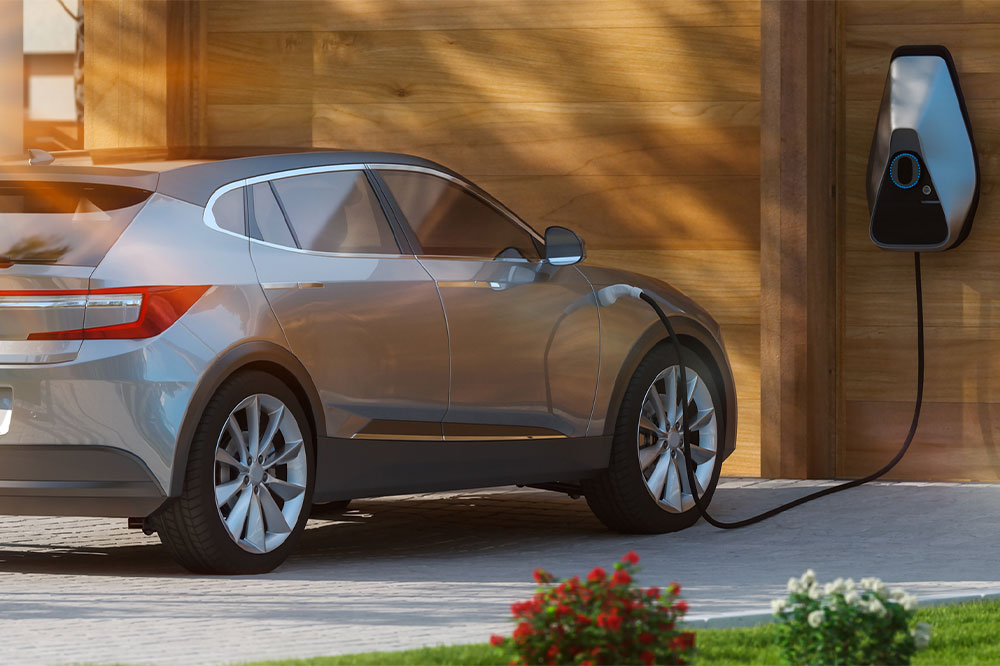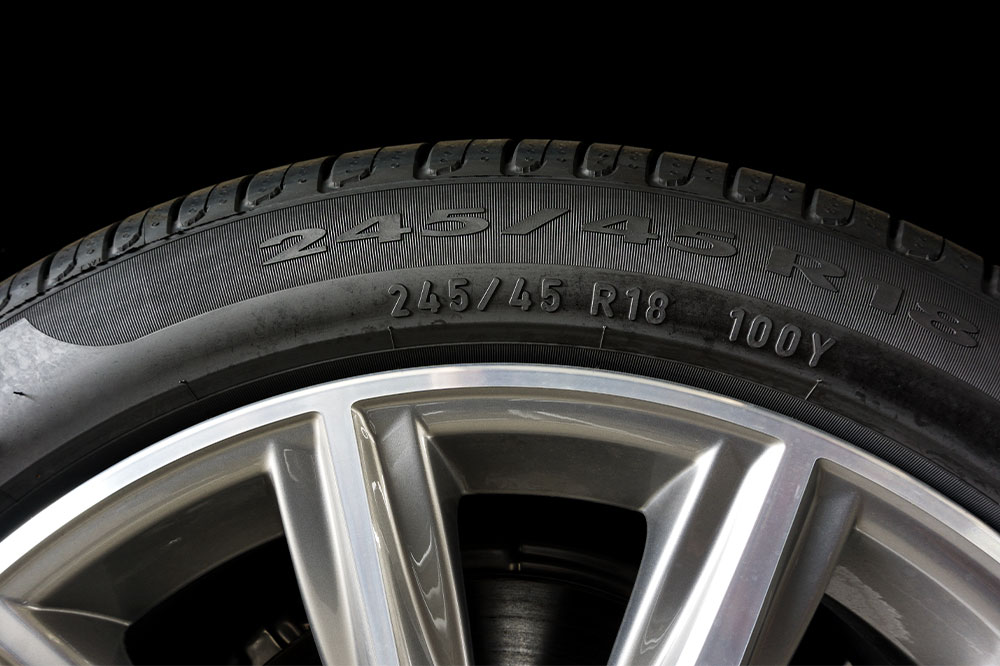8 mistakes to avoid when buying an SUV
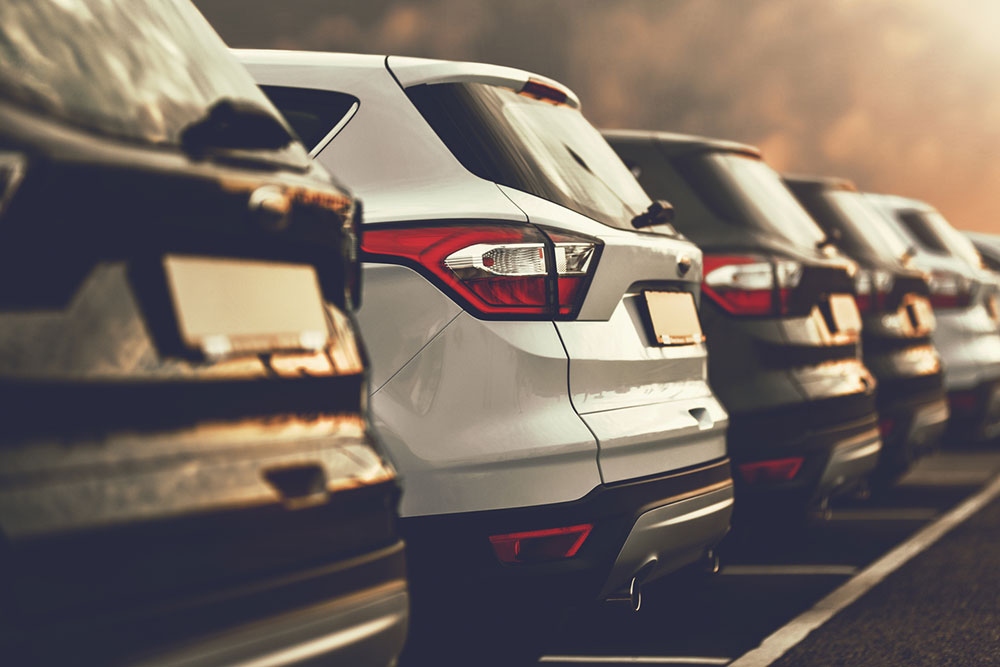
Nowadays, many people prefer using SUVs even to commute locally because these cars are sturdy and powerful. Also, modern SUVs are loaded with navigation and safety features, which help drivers maneuver their way through traffic and rough roads effortlessly. But buying an SUV is a big decision, so one needs to consider many different aspects while zeroing in on a brand, model, and trim. So, here are some mistakes to avoid when buying an SUV:
Overlooking size requirements
Size requirements may differ based on factors such as family size and how frequently one travels (to evaluate cargo space requirements). Compact SUVs accommodate only three to four passengers, while the midsize ones can easily accommodate up to seven passengers. Large-sized ones, on the other hand, have space for even more people. Compact SUVs are the most economical option for people with small families who do not travel much. However, those with larger families or more need for cargo space may need to consider midsize or large SUVs.
Not setting a definite budget range
There are many SUVs with cutting-edge features, so it may be tempting to go over budget and buy a car that one doesn’t require. For this reason, it is essential to set a definite budget range and stick to it so that one isn’t tempted to buy a car whose price exceeds this range. The budget range should be set based on factors like one’s current income, chances of increments in the near future, savings, and other income sources. Also, the base amount quoted by auto brands doesn’t include overhead charges, such as registration fees, licenses, insurance, and taxes. So, to avoid a financial crunch later, one should consider all these additional costs while calculating the budget range.
Not paying attention to ground clearance
Ground clearance is basically the distance between a car’s undercarriage and the road. It is easier to drive off-road in cars with good ground clearance, so a ground clearance of 8-10 inches is usually recommended. But those who love adventure driving should preferably go for cars with an even higher ground clearance.
Buying an SUV with insufficient cargo space
Even if one travels less frequently, having sufficient cargo space means one does not have to cram belongings on passengers’ seats and compromise on seating space. So, while buying an SUV, one should ensure that the car has sufficient cargo space, including the extra storage space in the center console and underfloor compartments.
Failing to check safety features
One of the biggest SUV-buying mistakes is to overlook safety features. Even if one plans to use the SUV only for local commutes, safety should be a top priority. One should always consider buying SUVs that have tech-enabled, cutting-edge safety features because these features not only protect drivers and passengers during accidents but also prevent these instances. Stability control, blind-spot monitoring, lane assist, reverse parking camera, pre-tensioner seat belts, front and side airbags, and forward collision warning are some of the basic safety features to consider when selecting an SUV.
Overlooking towing capabilities
Many people overlook an SUV’s towing capabilities, particularly if their requirement is only for commuting locally. But even so, an SUV’s towing capabilities matter because one may end up overloading the vehicle during specific instances, such as when shifting one’s belongings to a new place. If one is aware of the car’s towing capacity, it is easier to monitor the number of passengers and volume of cargo accommodated in the vehicle every time.
Buying an SUV with limited or no warranty coverage
Warranty coverage ensures that one gets financial compensation if the vehicle develops any damages or defects within a specific period of time or up to a certain number of miles. Top SUV brands offer multiple warranty coverage options, including bumper-to-bumper, powertrain, roadside assistance, and specific components warranty. One should also check the period and miles for which the warranty is available.
Not deciding beforehand whether to buy a new or used SUV
New and used SUVs have their own pros and cons, so one should decide beforehand whether to buy a new or used SUV. For example, when buying a used SUV, one needs to verify the vehicle’s ownership history, vehicle identification number, etc., and inspect it closely for any damages. On the other hand, if one is buying a brand-new SUV, a test drive and some basic checks would suffice.



